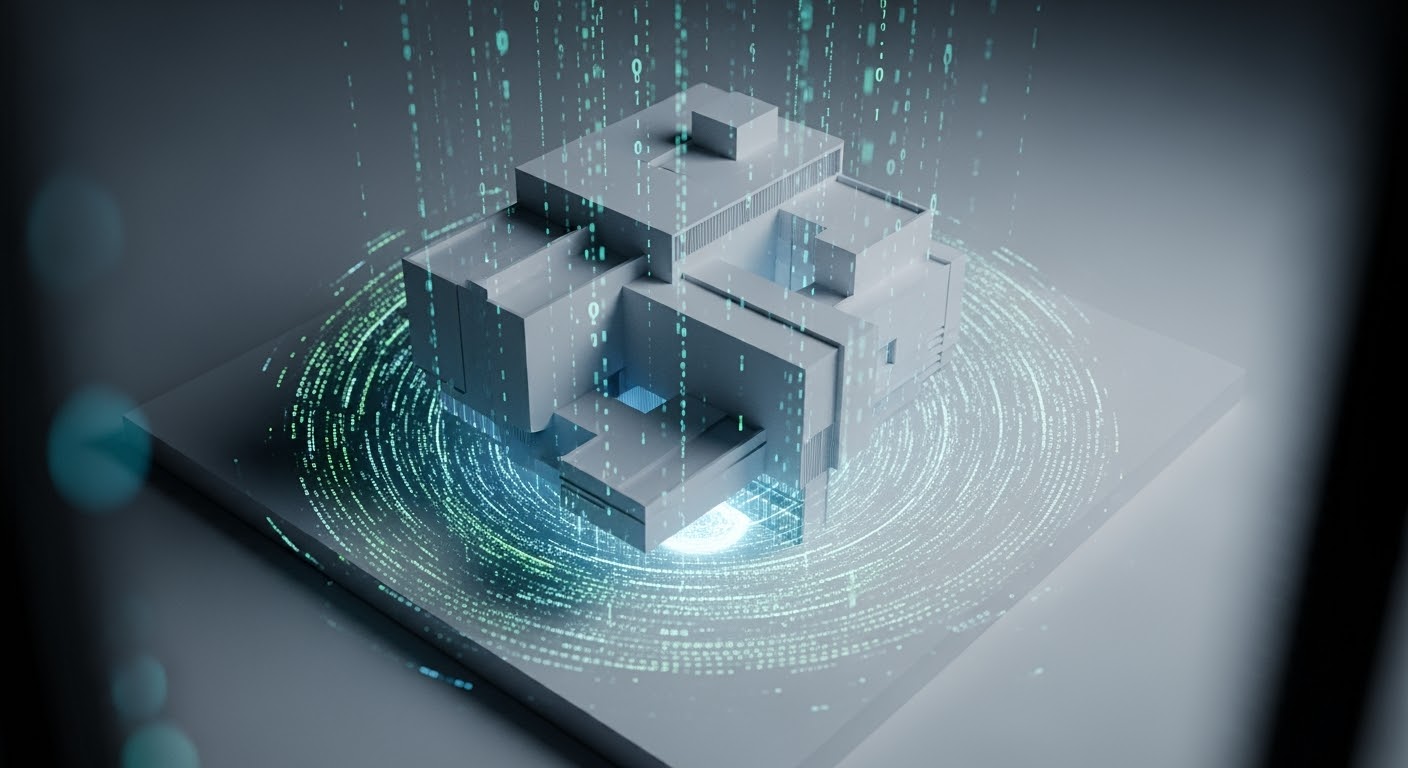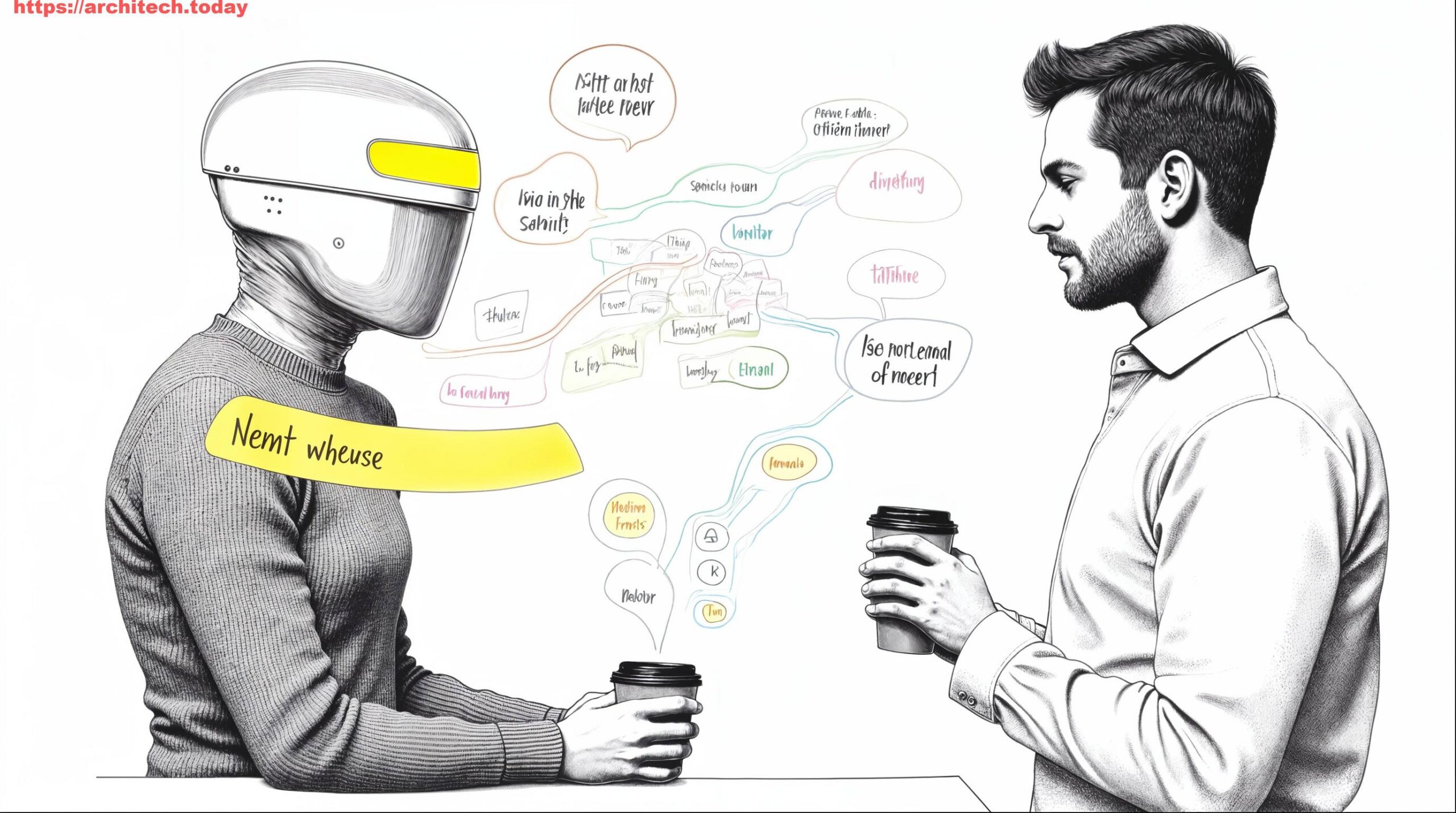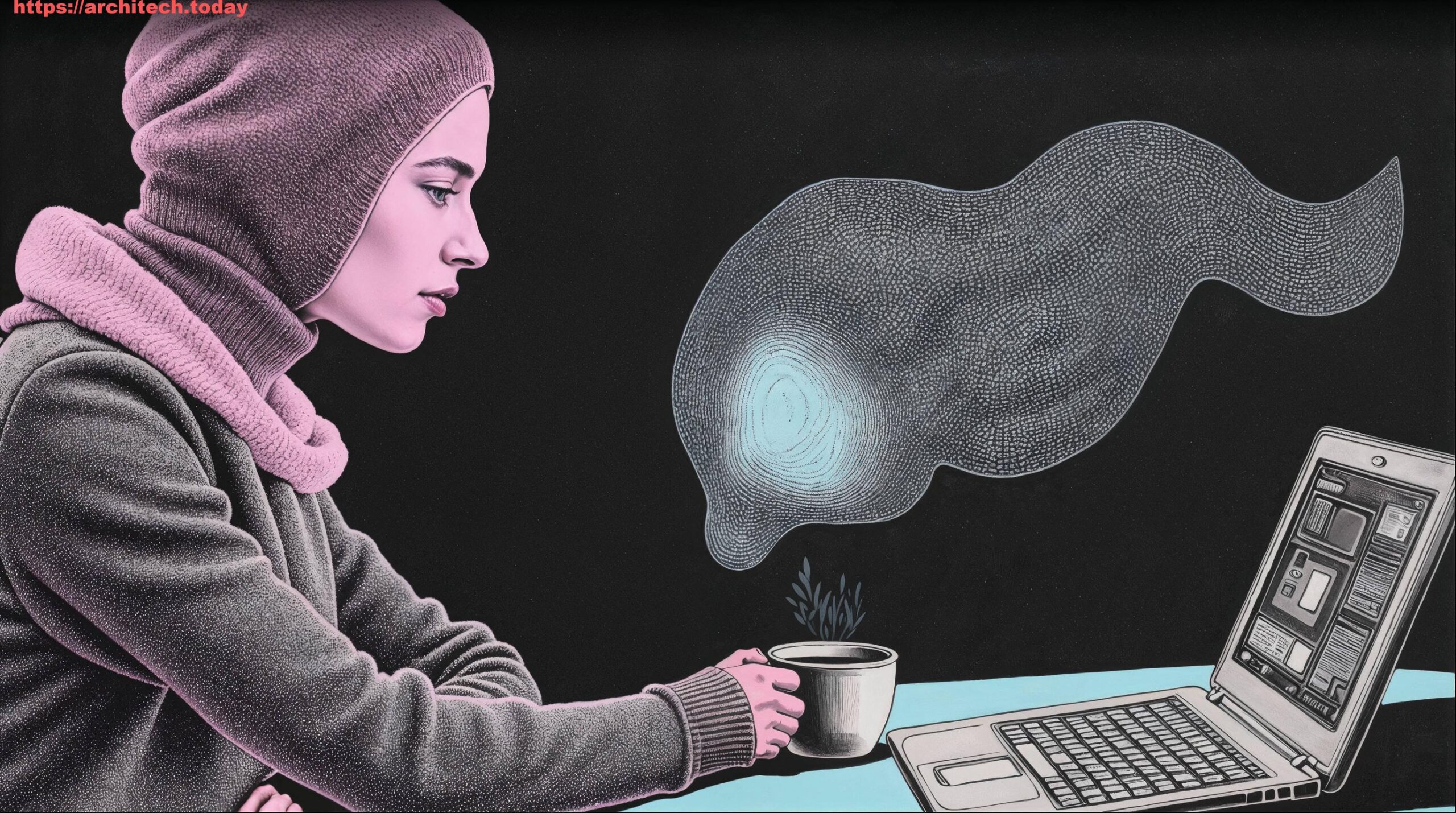Imagine it’s 2025, and before you’ve even finished your morning coffee, your AI coding assistant has already set up your project’s architecture, generated your data models, and suggested optimizations for yesterday’s code. Feels like science fiction? It’s not. For many developers and engineering teams, AI-powered pair programming is fast becoming part of their everyday workflow — and it’s reshaping not only how we write code, but how we think about software development itself.
In this article, we’ll dig into the rise of AI in coding, explore how intelligent assistants are turning IDEs into collaborative environments, and explore exactly how you — as a developer, team lead, or CTO — can harness these tools for faster delivery, better quality, and a happier development team. We’ll also approach this with both optimism and caution, because while AI assistants can feel like having a colleague who’s read every Stack Overflow post ever, they still need human judgment to guide them.
Code Completion & Generation: Your AI Typing Buddy
One of the most visible impacts of AI in coding is the leap forward in code completion and generation. Traditional autocompletion simply filled in variable names; today’s AI assistants can infer context from your current work and offer realistic, functional code suggestions — sometimes entire methods or classes — with near-human intuition.
Picture this: you start typing a new function calculateInvoiceTotal() and before you can finish defining the parameters, your AI assistant suggests the full implementation — summing line items, factoring in discounts, and applying tax rules pulled from similar code patterns it has ‘learned.’ What might have taken you 20 minutes before could now take 2, freeing the rest of your morning for more valuable problem-solving.
Real-world example: GitHub Copilot has been trained on billions of lines of code, enabling it to generate boilerplate APIs, data model classes, or repetitive configuration files. A lead developer reported cutting their sprint’s setup phase in half by having AI scaffold their CRUD endpoints, allowing the team to move on to implementing complex business logic sooner.
For team leads and CTOs, this translates into shorter development cycles and greater agility in responding to changing requirements. However, the flip side? AI can be confidently wrong. If the assistant’s training data contains flawed patterns, that risk carries over into your codebase. The takeaway: treat AI output as a strong starting point, not unquestionable truth.
Bug Detection & Suggestion: Your Friendly Neighborhood Reviewer
AI pair programming doesn’t just help you write code — it wants to help you write better code. New tools are embedded directly into IDEs to flag potential bugs, suggest safer patterns, and even highlight performance issues in real time. Think of it as a tireless junior developer who specializes in finding edge cases.
For example, as you implement a file upload handler, your AI assistant might warn you: “Possible security risk: consider validating file types and size limits.” Or, while you’re debugging, it could propose alternative logic to simplify nested conditionals, reducing maintenance headaches for future developers.
Data backs up the potential: studies from Microsoft and other research bodies have shown that AI-assisted code reviews can detect common defects earlier, reducing bug-related costs by up to 30% when integrated into early stages of development.
Cautionary note: While the AI is handy, it’s not infallible. False positives can disrupt flow, and more complex logic bugs may require a human’s deep understanding of system architecture to catch. Consider it your assistant, not your replacement.
Learning & Documentation: Instant Mentorship
Remember the days when learning new frameworks involved juggling multiple tabs of documentation and tutorials? Today’s AI assistants can explain unfamiliar code, APIs, or libraries inline, without breaking your workflow.
Let’s say a junior developer inherits a codebase built with a framework they’ve never used. Instead of spending days piecing together its logic, they can highlight a block of code and ask the AI to explain it — plain language, possibly with links to further docs. Within minutes, they’re not just understanding the code; they’re contributing.
On the documentation side, some AI tools can auto-generate docstrings, API documentation, or even user guides as you code. This is a game-changer for teams struggling to keep documentation current, turning what was once a chore into a largely automated process.
Best Practices for Working with AI Pair Programmers
- Always review generated code. Treat AI suggestions like contributions from a junior developer — verify correctness, security, and adherence to style guidelines.
- Use AI where it shines. Routine code, boilerplate, and test generation are prime candidates for AI assistance. Critical or highly complex codepaths may warrant more cautious adoption.
- Maintain team coding standards. Configure AI tools with your style guides and conventions to ensure consistency.
- Encourage experimentation. Allow developers to trial different AI tools to see what fits their personal flow and the team’s needs best.
Opportunities and Pitfalls: The CTO’s Perspective
For technology leaders, AI pair programming offers tangible advantages: reduced time-to-market, improved developer retention through more engaging work, and potentially higher-quality code. It also raises new challenges — from ensuring IP compliance with AI-generated code to managing the security implications of code suggested by a third-party model.
Strategically, organizations that integrate AI assistants effectively may gain a competitive edge, especially in industries where speed and adaptability are critical. However, over-reliance or lack of guardrails could lead to technical debt, security vulnerabilities, or decreased deep-skill development among junior engineers.
Conclusion: Amplifying, Not Replacing, Human Creativity
AI-assisted pair programming is not about replacing developers. It’s about amplifying their capabilities — in much the same way high-level languages freed us from writing in assembly. For developers, this means less time on mind-numbing boilerplate and more time solving the problems that truly require human creativity. For leads and CTOs, it means faster delivery, potentially higher quality, and teams that feel supported rather than burdened.
If you haven’t yet experimented with an AI coding assistant, now’s a great time to start. Begin with non-critical code, establish review processes, and measure the impact on both productivity and quality. What you discover could shape not only your next sprint, but your entire approach to building software in the years ahead.
What’s your take? Would you let an AI assistant refactor your code, or do you keep it on a short leash? Share your thoughts, and let’s start a conversation about coding in the age of AI.








No comment yet, add your voice below!